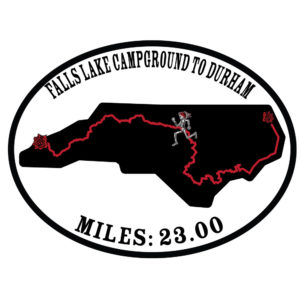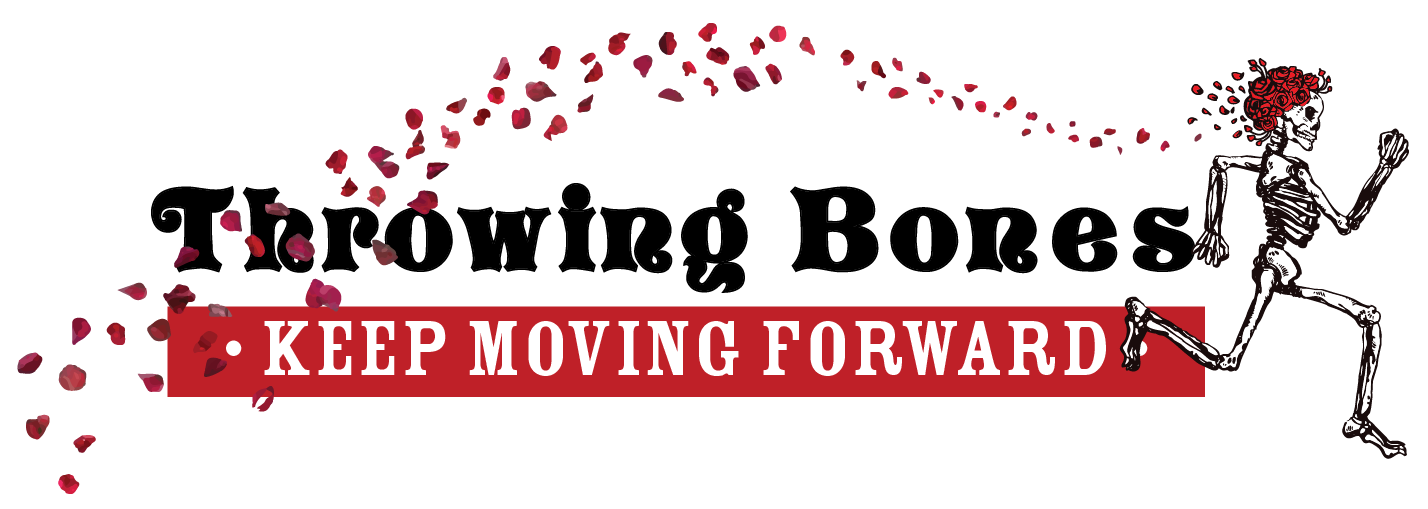 Apparently, this early morning thing is agreeing with me. I left camp and started on the trails just a little after 6am. Not only did I get some gorgeous sunrise vistas, but I had more than my fair share of spider webs. By the end of the day I looked like a giant zombie boy scout with headphones. I’m sure the still living moths and other critters were happier to live in my hair or strapped to the brim of my hat, but it was a little uncomfortable after a while.
Apparently, this early morning thing is agreeing with me. I left camp and started on the trails just a little after 6am. Not only did I get some gorgeous sunrise vistas, but I had more than my fair share of spider webs. By the end of the day I looked like a giant zombie boy scout with headphones. I’m sure the still living moths and other critters were happier to live in my hair or strapped to the brim of my hat, but it was a little uncomfortable after a while.
I did take some great shots of the lake, and was able to appreciate Falls Lake for its quiet beauty without any distractions.
Despite the fact that Falls Lake is such a fixture in Raleigh and surrounding communities, it has only been in existence for 37 years. It was built by the Army Corps of Engineers and completed in 1981, mostly to control where the Little, Eno and Flat Rivers joined to form the Falls of the Neuse, which marked the start of the Neuse River, flowing East. As a result, not only do the three counties that surround the 28 miles of lake enjoy recreation and trail areas, Falls Lake is primarily their source of drinking water and a wildlife habitat, partially regulated by the state forestry service.
The Neuse River has a great history too. It’s likely the one of the oldest rivers in the United States. Archaeologists can tell that natives settled around its banks over 14,000 years ago to take advantage of its fast flowing waters, output to the brackish Pamilico Sound, and quick access to several Krispy Kreme Doughnuts when the light is on.
It’s name came from the Neusiok tribe that lived to the South of the river. The colonists named the region “Neusick” after the tribe and name was shortened for the river. These were Sir Walter Raleigh commissioned colonists, who encountered several native tribes in the late 1500s.
The Tuscarora people did not care for these European invaders, and in 1711, they proposed an anti-immigration policy called the Tuscarora War, which reduced the colony’s population, considerably. This settled things to the natives satisfaction for a couple of months until the foreigners changed their minds by encouraging them to sign a treaty that both sides would later break and meant nothing after a couple of decades.
In 1865, during the Civil War, the Confederates burned and sunk one of the last ironclad ships in the Neuse River, so that Union soldiers couldn’t get their hands on the high-tech sophisticated equipment. It seemed to work. Nobody pulled that ship out of the river until 1963.
The trail is pretty hilly as it leaves the lake, and as it travels around the Western most fingers of the lake, the terrain steers further and further away from large bodies of water and follows the smaller Eno River to the West, which compared to the Neuse and Falls Lake, seemed quite small and tame.
I saw more open fields, with high grass, that reminded me of all the signs at the trail head discouraging me from feeding the ticks. I did my best to starve them. And I openly discouraged them from biting. The pharmacist tells me every four weeks that I “must not” share blood while on my current regimen of chemotherapy. It just can’t be good for them.
I crossed over to Red Mill Road once, but then dove back into the woods for 6 more miles to finish – again – on Red Mill Road for the day at under 23 miles.
Tomorrow, a local running club has a couple of members showing up to support me through a few miles before they get back to their real jobs. I’m looking forward to meeting new folks and talking about running, what I’m doing, and Throwing Bones. I just hope I don’t embarrass myself or disappoint them with how slow I’m going. I get in the miles every day, but I’m not setting any personal records with my miles times.
Give every day almost everything. Leave just a little in the tank for tomorrow, because you’re going to get up and do it again. Keep moving forward.
Kenny



























